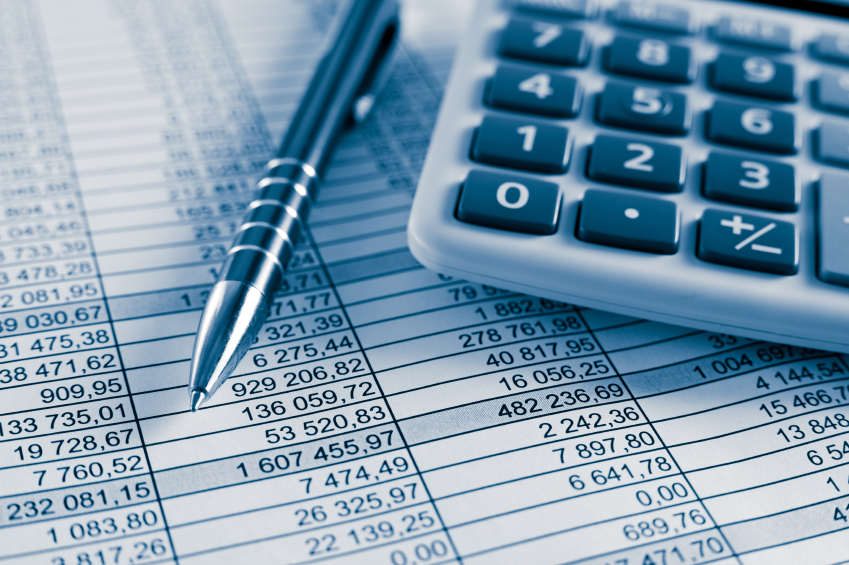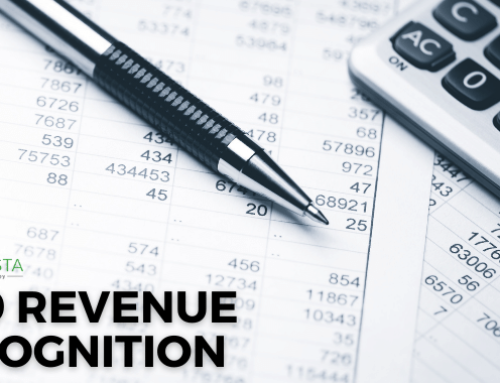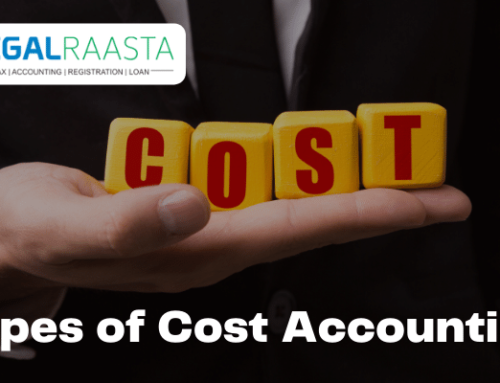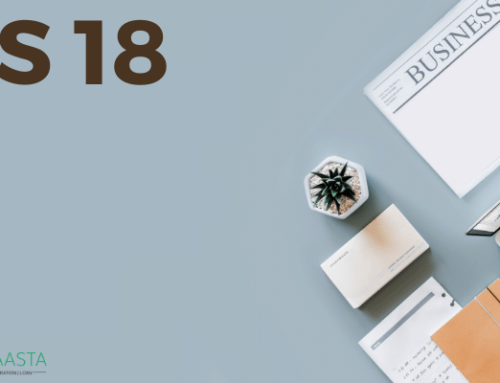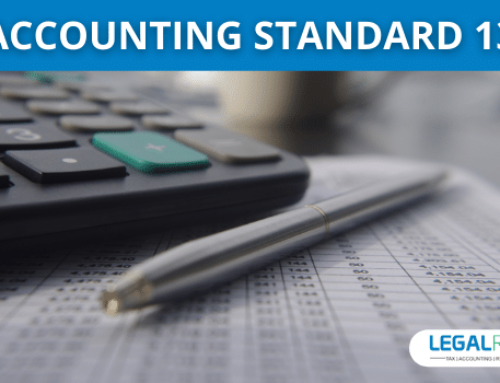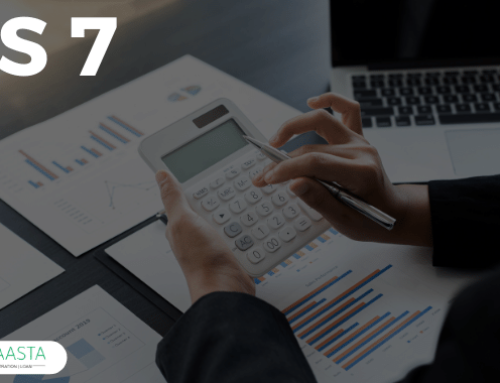Introduction
In India, the Central Board of Direct Taxes (CBDT) is basically responsible for administering various direct taxes through the commissioners of Income Tax located in different parts of the country. The Income Tax Commissioners are entrusted with the task of the collection as well as a refund of all kinds of direct taxes such as Income Tax, Corporation Tax, tax deducted at source etc. under the Income-tax provisions. The apex authority of the accounting organization of the CBDT is the Principal Chief Controller of Accounts (Pr.CCA). This article focuses on the background of OLTAS.
According to the departmentalized set up, the Pr.CCA, CBDT has been assigned the functions relating to accounting of all receipts and refunds pertaining to the Direct Taxes. Before that, all the direct taxes were collected manually by RBI or branches of SBI. Moreover, many any other branches of public sector banks were also involved with an intention to enhance the number of points for collection of taxes. In addition, to provide better service to taxpayers specific attention was given to the accounting system of direct taxes. Although, the process of manual collection and accounting of taxes had many flaws and errors which used to be very difficult to maintain.
Therefore, this online Tax Accounting system (OLTAS) has been introduced in June 2004 in order to address issues associated with the manual process of collection and accounting of direct taxes. It has also considered the technological revolution which replaced electronic means over the manual process.
Following are the bodies that have worked together in order to make an efficient implementation of OLTAS:
- The CBDT
- The controller of accounts
- The Indian Bank Association
- The Reserve Bank of India
What is OLTAS?
OLTAS is basically a system for accounting, collection, and reporting of the receipts & payments of direct taxes from all kinds of taxpayers, online through a network of bank branches. The data of the taxpayers flows from banks directly to Tax Information Network (TIN). It is a setup and maintained by the National Securities Depository Ltd. with a motive to manage all the data and information about challans between the tax department and the banks.
Read more: 5 Heads of Income Tax
The objectives of OLTAS are as follows:
- Accounting of direct taxes online
- Collection of direct taxes online
- Reporting receipts and payments of direct taxes online
It has been implemented in 3 phases and presently 32 public and private sector banks are authorized under OLTAS. At the initial stages, the task was confined to data which was related to tax information. But now, the banks were also required to reconcile daily tax collection with the information and data received by TIN from the banks.
The basic feature of OLTAS
The basic features of OLTAS are as follows:
♦ Introduce a single copy of challan with tear-off taxpayer’s counterfoil
As per OLTAS, the taxpayer has to use a single and common challan for the following:
- Challan No. ITNS 280— for corporate taxes and regular income tax.
- Challan No. ITNS 281—for the deposit of TCS and TDS.
- Challan No. ITNS 282—for the payment of direct taxes like gift tax, wealth tax, estate duty, securities transactions tax, hotel receipts tax, and expenditure tax.
- Challan No. ITNS 283— for payment of Fringe Benefits Tax and Banking Cash Transaction Tax.
- Challan No. ITNS 285— for payment of equalization levy.
- Challan No. ITNS 286—for payment under Income Declaration Scheme, 2016.
- Challan No. ITNS 287—for payment according to the Pradhan Mantri Garib Kalyan Yojana, 2016 (PMGKY).
♦ Pay taxes either by visiting any bank branches authorized under OLTAS or online through net banking or by using a debit card.
♦ Acknowledgment and the unique serial number is known as Challan Identification Number (CIN).
Generally, a tear-off portion from the challan is given to the taxpayer after the collecting bank puts a rubber stamp on the challan and its counterfoil with a unique Challan Identification Number (CIN). Following are the information that a CIN contains:
- It has a 7 digits BSR Code allotted by RBI to the bank branch where tax is deposited
- It contains the date of presentation of the challan (DD/MM/YY)
- It has a 5 digits serial number of Challan in that bank branch on that day
A Tear-off portion of counterfoil is given to the taxpayer immediately in case of cash payment and after the realization of demand draft or cheque in case of payments by DD/cheque. Moreover, in case of online payment, a challan is generated immediately after payment processing.
The bank who is collecting will capture the entire data of the challan and transmit it electronically to the Income-tax Department. Afterward, the bank will send the paper copy of the challan along with the printed scrolls to the Zonal Accounts Officers. The received information will be used by the Department to give credit for the tax paid based on CIN.
Point to know
The Challan Identification Number (CIN) is basically proof that the tax has been paid and has to be quoted in the Income Tax Return/ in further inquiry from the income tax department. You can find the Challans online at income tax website http://www.incometaxindia.gov.in or local Income Tax Offices.
♦ Online details are available to the taxpayer about the tax paid
You can go to the website: http://tin-nsdl.com to view the tax paid by the taxpayer.
Benefits of OLTAS
Following are the benefits of Online Liquid tax-accounting system:
- Through OLTAS, a single copy simplified challan is replaced by earlier quadruplicate challan.
- You can pay your taxes online from any location and any time.
- It has now become easy for taxpayers to obtain an acknowledgment for taxes paid and its available as soon as bank authorizes payment.
- In addition, the acknowledgment counterfoil with the rubber stamp containing the Challan Identification Number (CIN) assures that the payment is properly accounted for.
- The information and further details about the tax payments are available online and can be checked easily.
- Now, the taxpayer is no longer required to attach copies/acknowledgment of challan with the Return since the only counterfoil is available with the taxpayer. You can mention your CIN details in the Income-tax Returns which acts as a proof of payment of taxes.
Conclusion
The OLTAS has made the entire process of tax payment, collection as well as accounting system very easy and convenient for all stakeholders. It has reduced the chances of default and ensures better tracking.
We, here at LegalRaasta excel in providing the Accounting and bookkeeping services. Further, we also provide Accounting software for GST billing. Our experts will guide you with the best accounting methods that will be beneficial for you and also provide other Legal Advice regarding business. So, call us at 8750008585 and send your query on Email: [email protected]
Related Articles:
Changes in Indian Accounting Standard for NBFCs

